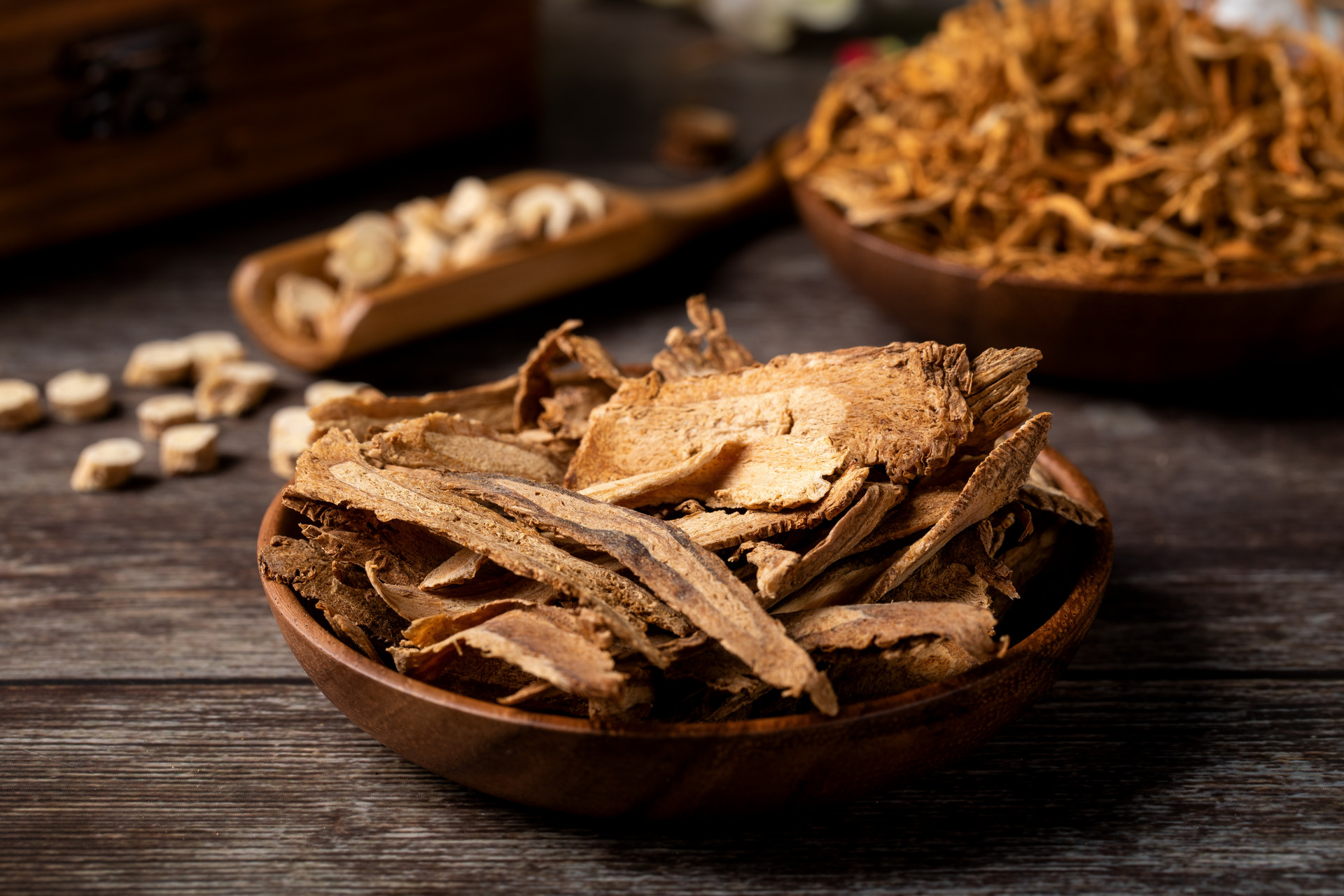The herb commonly known as "Duxingcai" goes by many other names such as Hu Jiao Cao, Jie Qi, Ting Li Zi, Di He Mi, La La, and Zhi Ma Yan Cao. It belongs to the Brassicaceae family and is an annual herbaceous plant native to Iran. It is cultivated on a small scale in various parts of the world. In the eastern region of Jilin Province, China, it is commonly grown and referred to as "Ying Cai." The leaves are pinnately lobed and the whole plant has a scent similar to mustard greens. There are two varieties based on the width of the leaves: narrow-leaf Duxingcai (strong flavor, good quality, early maturity) and wide-leaf Duxingcai (medium maturity, mild flavor, average quality).

Nutritional Composition:
Per 100g of fresh vegetables, Duxingcai contains 40-12g of vitamin C, 2-4mg of beta-carotene, 1.3-3g of protein, a high calcium content of 187.8mg, 0.899mg of zinc, 334.9mg of potassium, 4.703mg of iron, as well as copper, manganese, iodine, and other minerals.
The seeds contain fatty oils, glucosinolates, proteins, and sugars.
Plant Morphology:
Duxingcai is an annual or biennial herbaceous plant that grows 10-30cm tall with an erect stem that often branches in the upper part. The leaves are alternate, with the lower leaves being long and elliptical with shallow or deep lobes, while the upper leaves are linear and smaller, with either entire margins or sparse serrations at the front. The inflorescence is a long raceme at the top, with small flowers. The sepals are elliptical, the petals are small and degenerate, there are 2-4 stamens, and the ovary is flattened and 2-chambered. The fruit is a short-horned capsule, flattened, and the seeds are inverted-ovate.
It grows in fields, wastelands, and roadsides. It is distributed in Bijie, Dejiang, Dushan, and other places in Guizhou Province, as well as in the northeast, north, northwest, and southwest regions of China.
Health Benefits:
Duxingcai is primarily used for medicinal purposes in Southeast Asia, India, and other regions. The unique fragrance of its stems and leaves stimulates appetite, has diuretic effects, and helps fight against atherosclerosis.

Usage:
The tender leaves are the main edible part. In Western countries, it is often used as a side dish for cold dishes. It can also be used as a seasoning in fish, meat, or vegetable dishes, or as a soup ingredient. In the eastern region of Jilin Province, China, it is mainly used for pickling. It is also commonly used in Western cuisine as a salad ingredient.
The seeds of Duxingcai contain substances similar to mustard oil and are often used as spices and for medicinal purposes.
Clinical Applications:
1. Treatment for fever: 15g each of Duxingcai, Shengma, and Maogen tender shoots. Decoction and consumption.
2. Treatment for hematemesis and menorrhagia: 60g of Duxingcai. Decoction and consumption.
3. Treatment for cough and asthma: 30g of Duxingcai and 20g of sheep's milk leaves. Decoction and consumption.
4. Treatment for edema: 30g of Duxingcai and 20g of water lampwick. Decoction and consumption. Recommended dosage is 15-30g.












